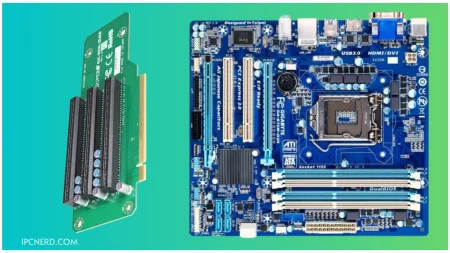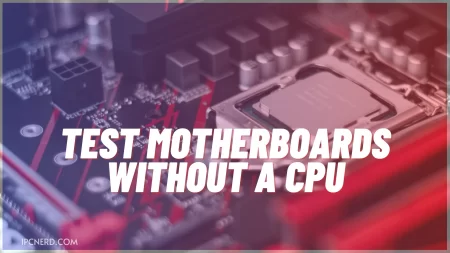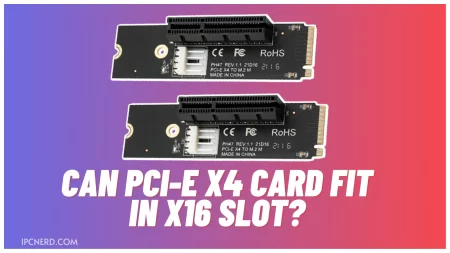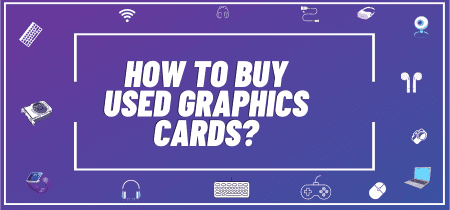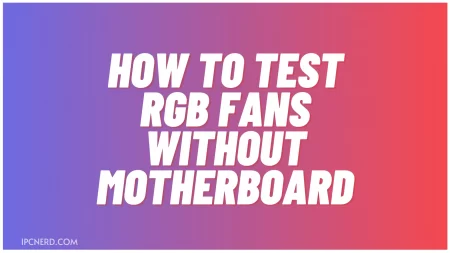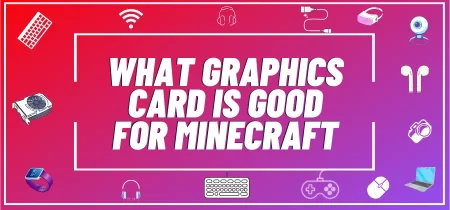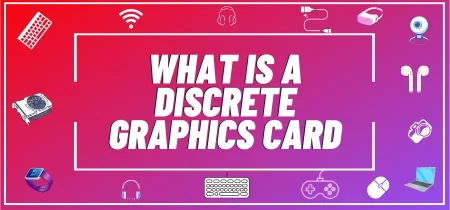Android devices come with various features that allow for different levels of customization. One such feature is the ability to force GPU rendering on Android.
This can be useful for those who want to improve their device’s performance or for developers who need to test their apps on different hardware.
This blog post will discuss what GPU rendering is and how you can force it on your Android device. We will also provide a few tips on how to get the most out of this feature.
- How to force GPU Rendering on Android
- What to expect after forcing GPU Rendering
- The Best Android Games for GPU Rendering
- 1. Asphalt 8: Airborne
- 2. Grand Theft Auto: Vice City
- 3. N.O.V.A.: Legacy
- What Devices Support GPU Rendering?
- The Benefits of GPU Rendering
- Pros and Cons of GPU Rendering
- Frequently Asked Questions
- Conclusion
How to force GPU Rendering on Android
If you’re looking for a way to speed up your Android device, forcing GPU rendering may be just what you need. This simple process can improve your device’s performance by delegating graphic processing to the GPU instead of the CPU. Here’s how to do it:
- Go to Settings, then Developer options. If you don’t see Developer options, go to About phone and tap Build number seven times.
- Scroll down and find the Force GPU rendering option.
- Toggle the switch to On.
- Restart your device for the changes to take effect.
GPU rendering is especially useful for devices with lower-end CPUs that may struggle to keep up with demanding graphics processes. By forcing GPU rendering, you can ensure that these processes are handled by the more powerful GPU instead of the CPU.
This can significantly boost performance, particularly when playing games or using apps heavy on graphics.
What to expect after forcing GPU Rendering
If you’ve enabled GPU rendering on your Android device, you may wonder what to expect after making the change. For most users, there should be little to no difference in performance or battery life.
However, some apps may see a decrease in FPS if they’re not optimized for GPU rendering. Additionally, you may notice a slight increase in battery usage when using certain apps or games that are heavily graphics-intensive.
The Best Android Games for GPU Rendering
GPU rendering is drawing 3D graphics on a computer using a Graphics Processing Unit (GPU). It is used in video games, CAD programs, and computer-aided animation.
Android devices typically use CPU rendering, which can lead to choppy graphics or slow performance. However, some high-end Android devices are capable of GPU rendering.
Games specifically designed for GPU rendering can take advantage of this to provide smoother and more realistic graphics.
Here is a list of the best Android games that make use of GPU rendering:
1. Asphalt 8: Airborne
Asphalt 8: Airborne is an arcade racing game that features high-speed tracks, impressive visual effects, and a variety of cars to choose from. It makes use of GPU rendering to provide smooth and realistic graphics.
2. Grand Theft Auto: Vice City
Grand Theft Auto: Vice City is an open-world action-adventure game set in the 1980s. It features a large map, numerous side missions, and detailed graphics. The game uses GPU rendering to provide an immersive and realistic experience.
3. N.O.V.A.: Legacy
N.O.V.A.: Legacy is a first-person shooter game with fast-paced action, different choice modes, and stunning graphics. It utilizes GPU rendering to ensure smooth and realistic visuals throughout the game.
What Devices Support GPU Rendering?
GPU rendering draws graphics to your screen using a dedicated piece of hardware inside your device called the Graphics Processing Unit (GPU).
Android devices typically use one of two different types of GPUs:
- Integrated GPUs are embedded within the main processor chip and share memory with the CPU. They offer good performance for general tasks but may need to be more powerful for demanding applications such as gaming or video editing.
- Discrete GPUs are separate chips that have dedicated memory. They offer better performance than integrated GPUs but require more power, which can result in shorter battery life.
Some Android devices support GPU rendering, while others do not. To check if your device supports GPU rendering, open the Settings app and go to “Developer options.” If you see an option for “Force 4x MSAA,” your device supports GPU rendering.
Note that you may need to enable Developer options first by going to “About phone” in Settings and tapping on the Build number 7 times.
Suppose your device does not support GPU rendering. In that case, you can still improve its graphical performance by enabling certain settings in the Developer options, such as “Disable HW overlays” and “Window animation scale.”
The Benefits of GPU Rendering
GPU rendering is one of the most important aspects of Android graphics performance. Using a dedicated graphics processing unit (GPU), Android devices can render high-quality graphics and images without straining the device’s CPU.
This can help improve overall system performance, as the CPU is freed to handle other tasks.
GPU rendering also enables Android devices to display complex graphics and animations smoothly. Games and other apps that use OpenGL ES 2.0 or higher can use GPU rendering to produce richer visuals without sacrificing performance.
Overall, GPU rendering can help improve the graphical performance of Android devices while also freeing up the CPU for other tasks. This can lead to smoother animations and better overall system performance.
Pros and Cons of GPU Rendering
GPU rendering uses a graphics processing unit to render graphics. This can be used to improve the performance of Android devices, as well as to improve the quality of the graphics.
There are some pros and cons to using GPU rendering. Some of the pros include:
- Improved performance: GPU rendering can help improve the overall performance of your device by taking advantage of the processing power of the GPU.
- Better quality graphics: Since the GPU is designed for handling graphics, it can produce better images than the CPU. This is especially noticeable with 3D games and other high-end graphics applications.
- Lower battery consumption: One of the benefits of using a separate processor for graphics is that it can help reduce battery consumption. The GPU can be set to render only when necessary, which can save power.
However, there are also some potential drawbacks to consider:
- Potential compatibility issues: Some apps may not be compatible with GPU rendering or work properly if enabled. It’s important to test any app you’re planning on using with GPU rendering before enabling it.
- Increased complexity: Using a separate processor for graphics can make your device more complex, leading to stability issues. If you’re uncomfortable troubleshooting problems, you should avoid using GPU rendering.
GPU rendering can be a great way to speed up your workflow and get your projects done faster. However, you should be aware of some drawbacks to using this method before you make the switch. Here are some of the pros and cons of GPU rendering:
Pros:
- Can dramatically speed up your workflow
- Allows you to render complex scenes that would be otherwise impossible to render with CPU alone
- It is becoming more and more affordable as hardware prices continue to drop
Cons:
- It requires a powerful graphics card to work properly, which can be expensive.
- It may not be compatible with all software programs.
Frequently Asked Questions
How do I enable Force GPU rendering in Realme?
You can enable Force GPU rendering in Realme by going to Settings -> Developer options -> Hardware accelerated rendering.
How do I enable Force GPU rendering in Poco F1?
You can enable Force GPU rendering in Poco F1 by going to Settings -> About phone -> System -> Advanced -> Developer options -> Hardware accelerated rendering.
How do I enable GPU for rendering?
GPU rendering can be enabled in the following ways:
– In Settings -> Developer options -> Hardware accelerated rendering.
– By using a third-party app such as GPU Turbo Boost.
Conclusion
If you’re an Android user looking to improve their device’s performance, try forcing GPU rendering. You can use your phone or tablet’s graphics processing power to make apps and games run smoother. Plus, it can help extend your battery life since the CPU won’t have to work as hard.
While it’s not a guarantee that forcing GPU rendering will work on every Android device out there, it’s worth a try if you’re looking for a way to boost your device.

